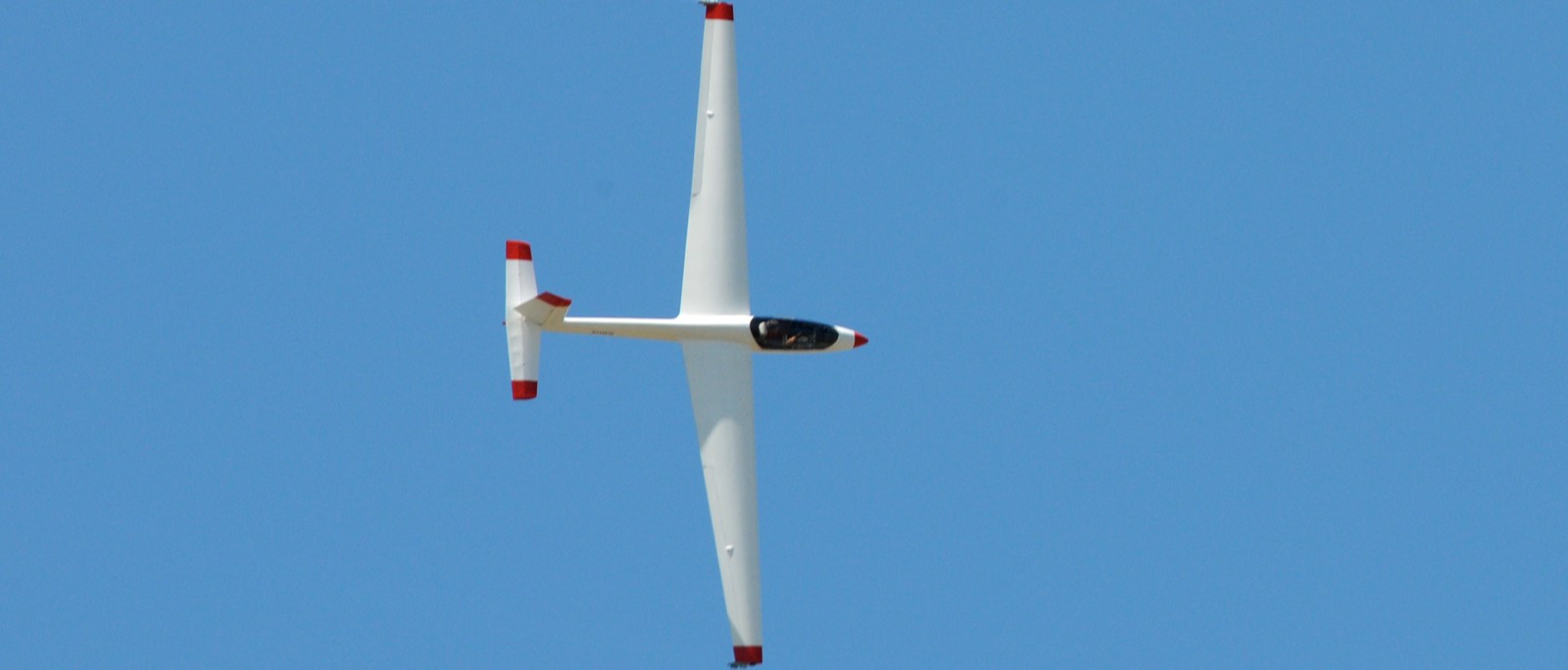
By Lynn Bowes, IAC 14305, Aerobatic grading judge and chief judge
The majority of aerobatic gliders have no engine while powered aircraft have an engine. It’s as simple
as that. But in competition, that simple difference changes the way glider pilots present the required
competition maneuvers and the way judges evaluate those maneuvers. Whether or not an aircraft is
under its own power makes a big difference in the capabilities of the glider vs an airplane with an
engine. In a nutshell, the competition glider has no thrust while the powered airplane gets its thrust from an engine.
Once released from the tow plane, cross-country gliders use updrafts to stay aloft but in competition,
a glider is towed to the desired altitude for the sequence and released by the tow plane. Aerobatic
gliders in completion flight are prohibited from using thermals to gain altitude. The energy the competition glider gets is in that height and by trading altitude for airspeed required for each maneuver in the aerobatic sequence. In order to fly all maneuvers in the competition sequence, the pilot must manage the energy carefully and skillfully. Knowing this, aerobatic judges compensate the glider pilots by judging with slightly different criteria.
A few of the judging differences:
- In horizontal flight, a powered aircraft is judged relative to the horizon and a perfectly level flight path. Gliders may enter or exit a maneuver at any reasonable angle, and those angles need not be the same.
- For Primary, Sportsman, and Intermediate competitors, any line that would be flown at a 45-degree angle for a powered aircraft must be flown at a 30-degree angle. Any deviation from 30 degrees will be penalized at a one-point deduction per 5 degrees of error. Advanced and Unlimited competitors fly the angles at 45 degrees, the same as their powered counterparts.
- Snap rolls and roll combinations including snap rolls flown on a figure’s interior lines need not
be centered. - Tailslides are allowed in Advanced and Unlimited glider competition flights, not just Unlimited. The difference between glider and power tailslides is that the glider is only required to slide a visible amount, while powered aircraft must slide at least half the length of the fuselage.
In the IAC, judges are required to test annually to remain current on any changes and differences in
judging criteria. Also, all judges at the U.S. National Aerobatic Championships attend judge briefings
prior to the start of the event where a review is conducted of criteria and general differences among
competition aircraft. Special emphasis is placed on glider rules, as many IAC Judges don’t see gliders
except at Nationals.

